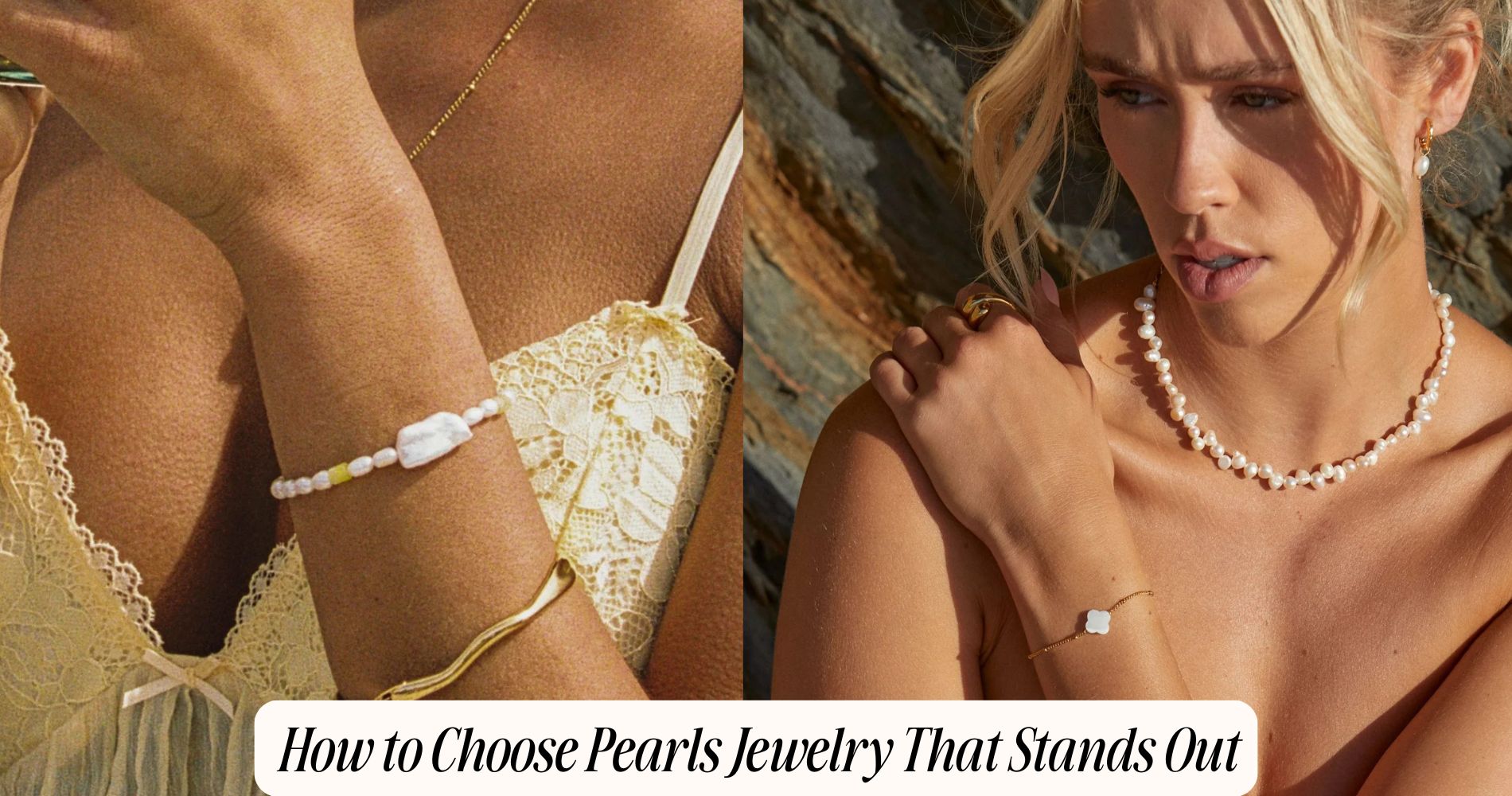
How to Choose Pearls Jewelry That Stands Out
Wondering how to choose pearls jewelry that truly stands out? Start by exploring rare shades like peacock green or gold, and look for distinctive baroque or keshi shapes that showcase the pearls’ natural formation. Combine them with contrasting materials—such as textured gold, oxidized silver, or vibrant gemstones—to create a striking balance of tradition and modern flair. Don’t be afraid to go bold with asymmetrical designs or layered strands for added depth. For more inspiration, check out our Mother of Pearl Jewelry collection, where you’ll find unique customizations and statement-worthy styles.
Exploring Unique Pearl Colors
How have pearls come to exhibit such a remarkable spectrum of colors? You can trace the answer to the intricate interplay of mollusk species, environmental conditions, and trace elements in the water.
Historically, pearls were prized mainly for their classic white or cream tones, but today’s connoisseurs seek out uncommon pearl hues such as peacock green, aubergine, and gold. These vibrant pearl shades arise from variations in the nacre’s microscopic structure and the presence of pigments like polyenes or carotenoids.
Akoya, Tahitian, and South Sea pearls each offer their own palette, influenced by genetic and geographic factors. When selecting jewelry, understanding these technical distinctions empowers you to choose pieces that reflect both rarity and personal style through their enchanting, distinctive colors.
Embracing Unconventional Pearl Shapes
Just as pearls captivate with their diverse colors, their forms offer another dimension of uniqueness rooted in biology and tradition.
When you seek out unconventional shapes, consider baroque pearls—these are non-spherical, irregular gems formed when the mollusk’s nacre layers deposit unevenly around irritants. Baroque pearls have been prized since the Renaissance for their organic silhouettes, often inspiring avant-garde jewelry design.
Keshi pearls, in contrast, are formed without a nucleus, resulting in lightweight, lustrous pearls with unpredictable shapes and remarkable surface texture. Choosing baroque or keshi pearls allows you to celebrate the pearl’s natural formation process and embrace individuality.
Mixing Pearls With Other Materials
Pairing pearls with alternative materials—such as gold, sterling silver, leather, silk, or gemstones—introduces dynamic contrasts in both texture and visual narrative.
You’ll find that the interplay between smooth pearl textures and the cool luster of contrasting metals enhances the jewelry’s tactile appeal. Historically, artisans in Art Nouveau and Edwardian eras often set pearls alongside platinum filigree or gemstone accents, elevating their intrinsic elegance.
Today, integrating pearls with oxidized silver, textured gold, or even braided leather provides a contemporary twist, highlighting each element’s unique characteristics. When you select mixed-material pieces, consider how the reflective properties of metals amplify the pearls’ iridescence.
Combining pearls with colored gemstones can also create chromatic depth, resulting in visually compelling arrangements that honor tradition while embracing modern design principles.
Choosing Bold and Statement Designs
While traditional pearl jewelry often emphasizes subtlety and restraint, contemporary designers increasingly gravitate toward bold and statement creations that challenge conventional aesthetics.
You’ll notice oversized baroque pearls, dramatic multi-strand constructions, and asymmetrical arrangements that deliberately contrast with the uniformity of classic strands. These bold accessories evoke the avant-garde movements of the early 20th century, when jewelry became a medium for self-expression rather than mere ornamentation.
Opt for statement pieces featuring large pearls or unconventional clustering, which amplify visual impact and transform pearls into focal points rather than supporting details.
Explore combinations with metallic spikes, oversized clasps, or architectural shapes that break from the understated norm. By choosing such daring designs, you align your jewelry selection with a lineage of innovation, making your pearls unmistakably modern and memorable.
Incorporating Modern Settings and Styles
Expanding beyond the domain of statement-making designs, contemporary pearl jewelry increasingly incorporates innovative settings and stylistic approaches that redefine the gemstone’s role in adornment.
You’ll notice a shift from traditional prong or bezel settings toward minimal tension mounts, open frameworks, and sculptural metalwork—each element reinforcing modern aesthetics. Designers often suspend pearls asymmetrically or integrate geometric motifs, lending architectural sophistication.
Historically, pearls symbolized classic elegance through uniform strands; now, innovative designs embrace asymmetry and mixed materials, emphasizing individuality.
Choose pieces where pearls are offset in linear or modular configurations, leveraging negative space for visual intrigue. These modern aesthetics don’t just update pearls—they transform them into bold statements of personal style, echoing current trends while bridging heritage and innovation.
Explore settings that challenge conventions for truly distinctive adornment.
Combining Pearls With Gemstones
Although pearls possess a timeless allure on their own, integrating them with gemstones introduces complex layers of color, light, and texture that elevate their visual impact.
When you explore pearl combinations, consider the refractive indices and luster contrasts between pearls and colored stones—such as emerald, sapphire, or diamond. Historically, Renaissance and Mughal artisans utilized gemstone harmony to signify status, blending pearls with rubies or jade for royal regalia.
Today, you can apply similar principles by selecting gemstones that complement the overtones of your pearls; cool-toned pearls pair elegantly with aquamarine or amethyst, while golden pearls resonate with citrine or topaz.
Pay attention to setting techniques, as bezel or prong settings can affect light play, further enhancing the brilliance of these dynamic pairings.
Layering and Stacking Pearl Jewelry
Building on the interplay between pearls and gemstones, the practice of layering and stacking pearl jewelry offers a dynamic approach to personal adornment rooted in both historical precedent and modern technique.
When you curate layered necklaces, pay attention to graduated strand lengths and pearl sizes to achieve visual depth and balance. Historically, aristocrats layered pearls as a display of status, while modern stylists employ mixed textures and clasp types for a contemporary edge.
Stacked bracelets, often combining baroque and spherical pearls, create tactile contrast and visual rhythm along your wrist. Utilize spacers or metallic accents to prevent abrasion between strands and enhance durability.
Customizing Pieces for Personal Flair
When you customize pearl jewelry, you engage with a centuries-old tradition of personal expression that reaches back to Renaissance-era portraiture, where nobles commissioned bespoke strands to reflect lineage and taste.
Today, you can select pearl types—Akoya, Tahitian, South Sea, or freshwater—based on luster, overtone, and nacre thickness, guaranteeing each choice conveys personal significance.
Integrating precious metals, engraving initials, or adding gemstone accents further individualizes your piece. Customizing clasps or incorporating heirloom pearls adds sentimental value, transforming your accessory into a tangible narrative.
Design elements like asymmetric arrangements or mixed pearl sizes break from convention, echoing avant-garde sensibilities.
Frequently Asked Questions
How Do I Care for and Clean My Pearl Jewelry Properly?
To care for pearls, use gentle cleaning methods like a soft damp cloth, avoiding harsh chemicals. For storage tips, keep pearls in a soft pouch, separate from other jewelry. Historically, pearls' organic nacre requires minimal, careful maintenance.
What Are the Main Types of Pearls Used in Jewelry?
You’ll encounter freshwater pearls, cultivated in mussels, and cultured pearls, grown in oysters under controlled conditions. Historically, natural pearls dominated, but technological advances made cultured pearls—like Akoya, South Sea, and Tahitian—widely available and affordable for jewelry.
How Can I Determine if a Pearl Is Real or Imitation?
To determine if a pearl is real or imitation, you’ll conduct a pearl luster evaluation—authentic pearls exhibit deep, mirror-like reflections. Examine surface blemish identification; natural pearls historically show unique imperfections, whereas imitations often appear flawless and uniform.
What Factors Affect the Value and Price of Pearls?
When evaluating value, you’ll weigh pearl grading criteria—luster, surface quality, size, shape, and nacre thickness. Pearl origins matter historically; South Sea and Akoya pearls often fetch higher prices due to rarity and cultivation complexity.
Can Pearl Jewelry Be Worn Daily or Is It Only for Special Occasions?
You can incorporate pearl jewelry into daily wear, thanks to advancements in culturing techniques and durable settings. Historically, pearls symbolized luxury, reserved for special occasions, but modern treatments enhance their resilience, allowing you to enjoy them every day.
Conclusion
By leveraging unique pearl hues like Tahitian black or golden South Sea varieties, and opting for baroque or keshi shapes, you’ll elevate your jewelry’s aesthetic distinction. Integrate mixed-media designs—combining pearls with metals, gemstones, or avant-garde settings—to amplify visual interest. Historically, pearls have symbolized status and innovation; today, layering, stacking, and custom settings let you express individual taste. Harness these techniques to select pearl jewelry that transcends convention while honoring its rich artisanal legacy.







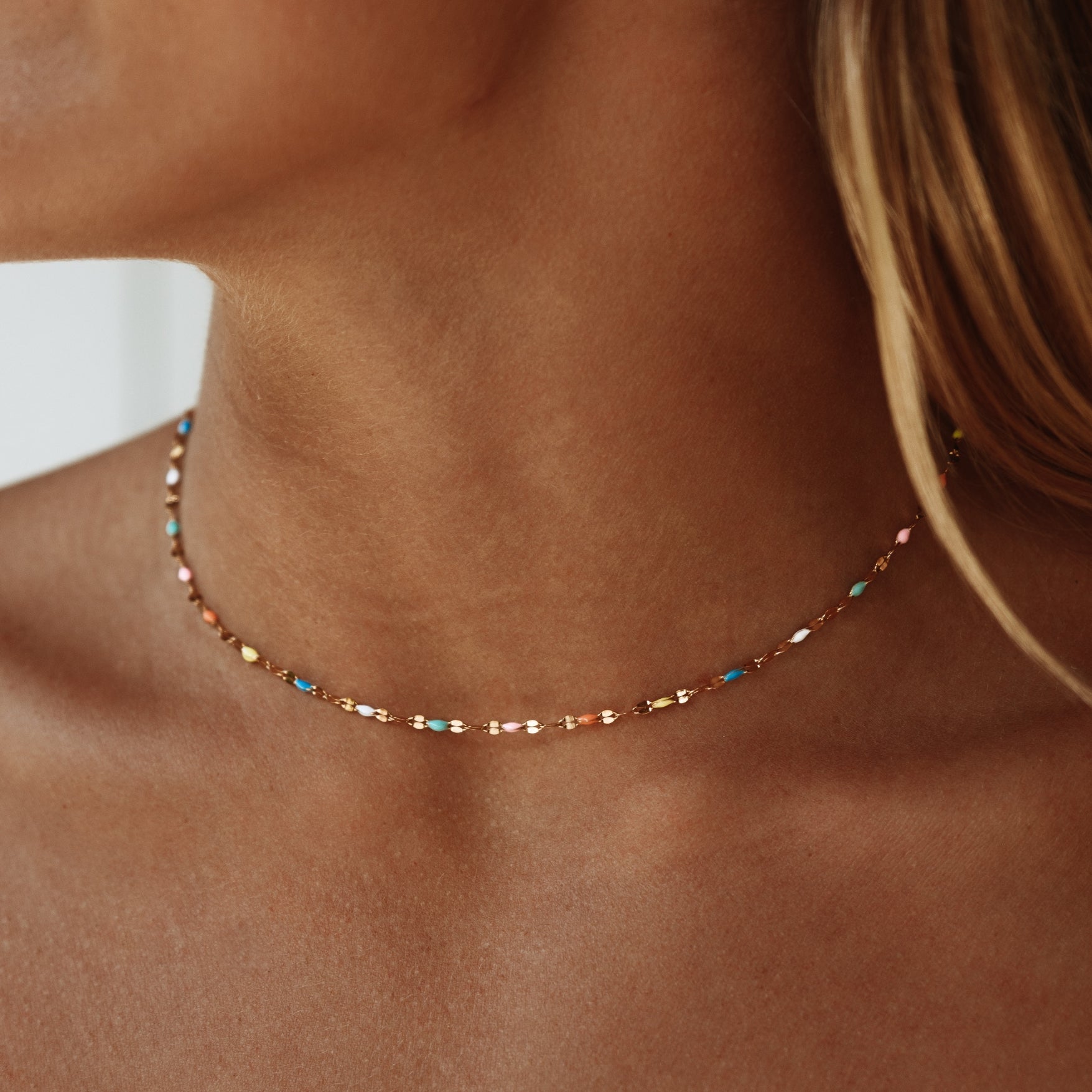
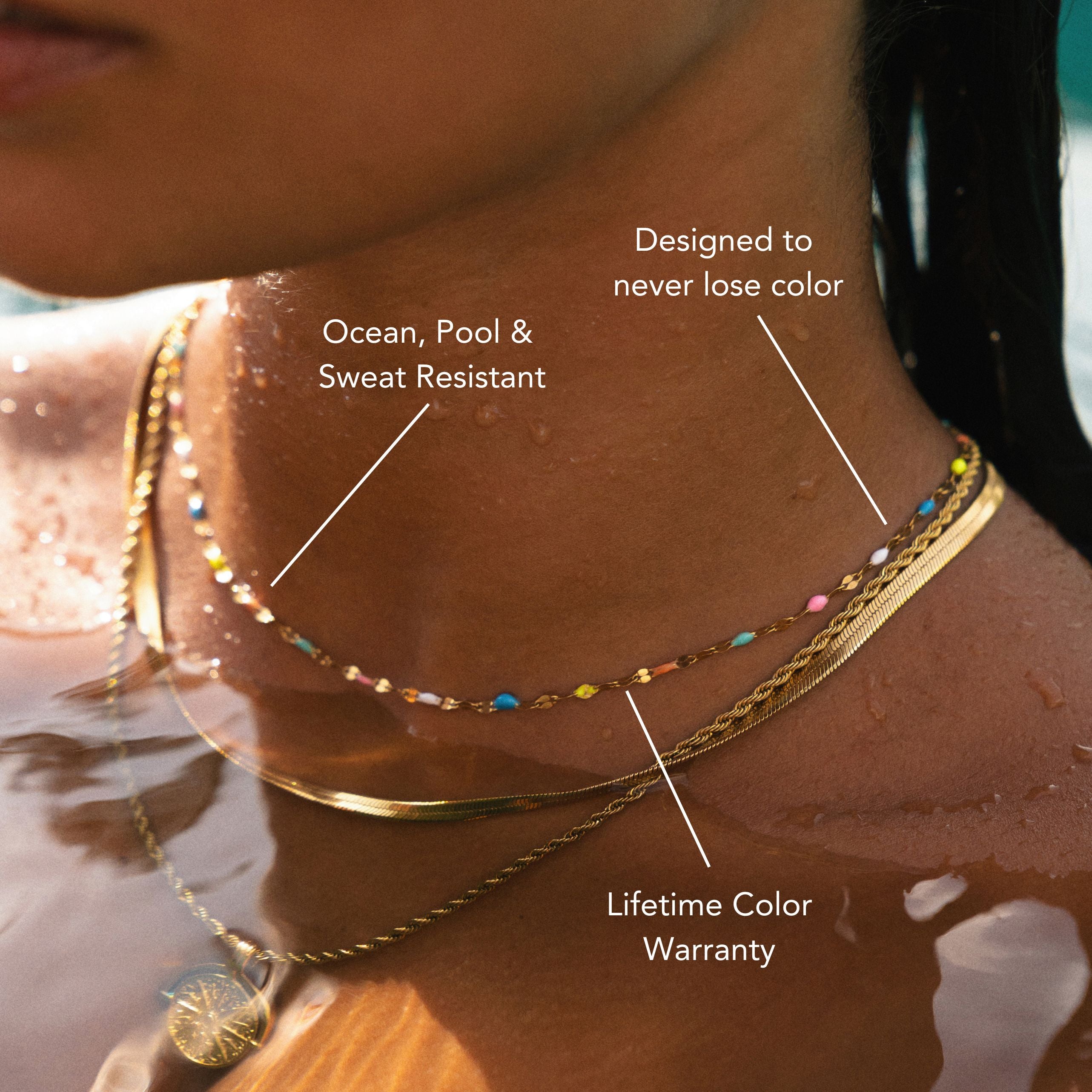
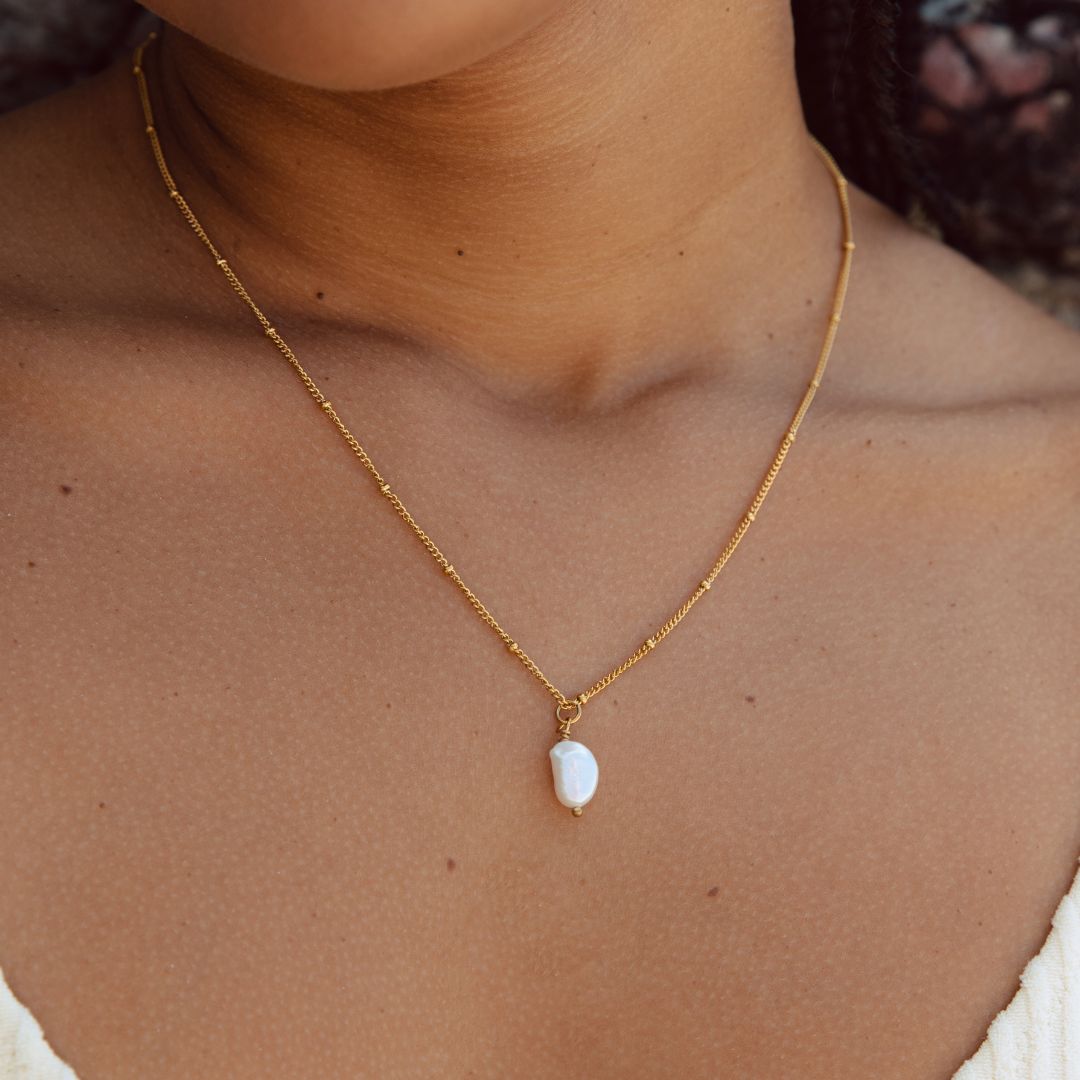
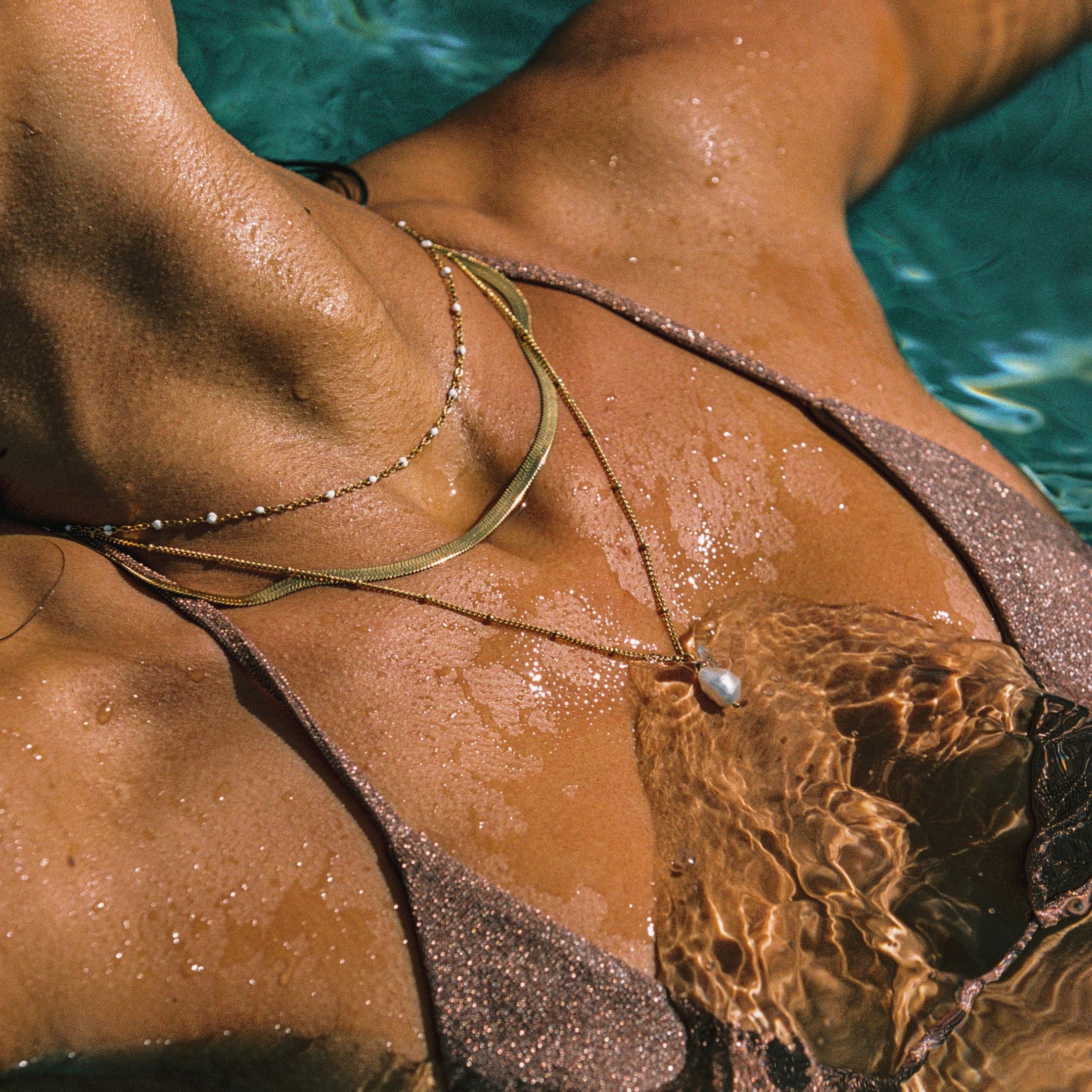
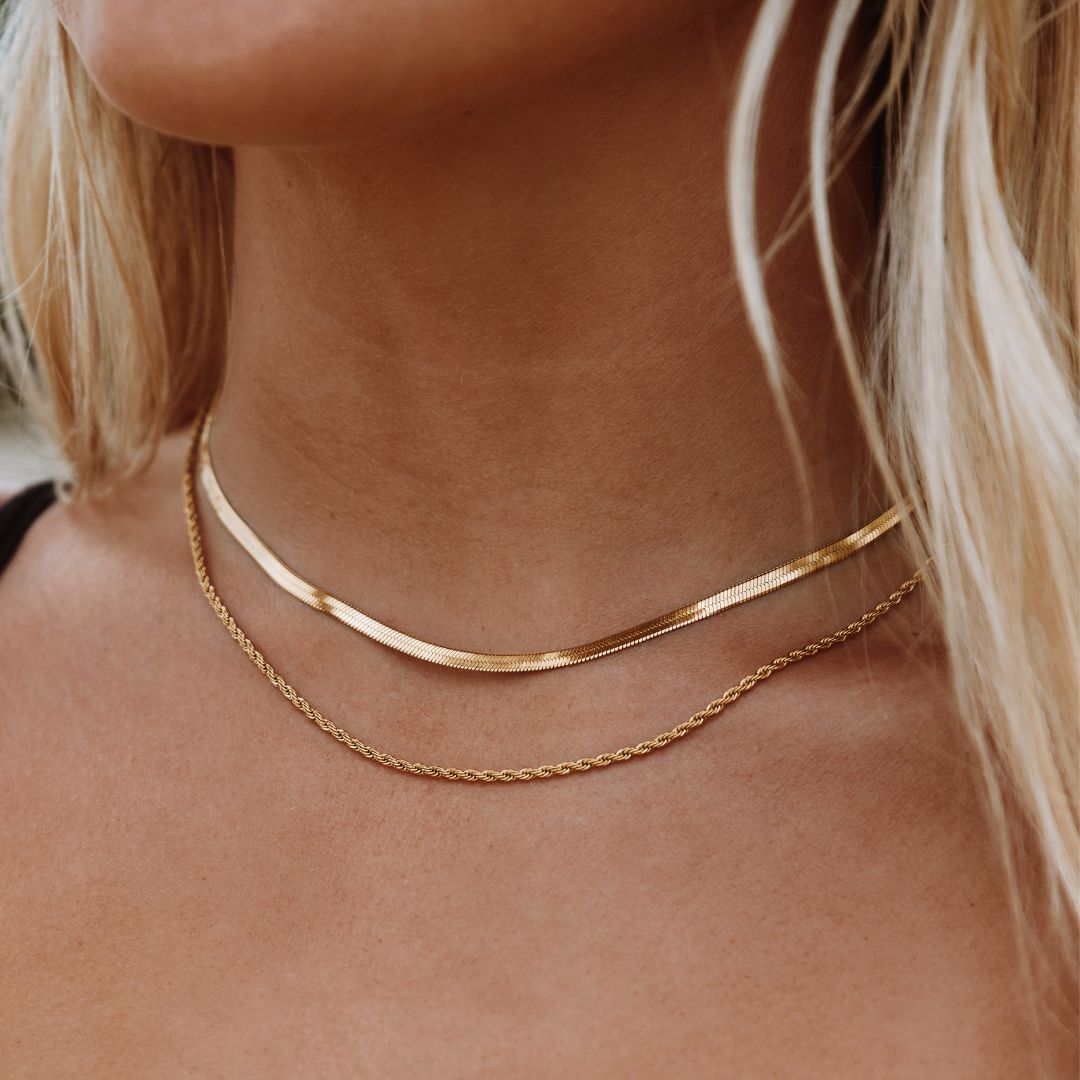
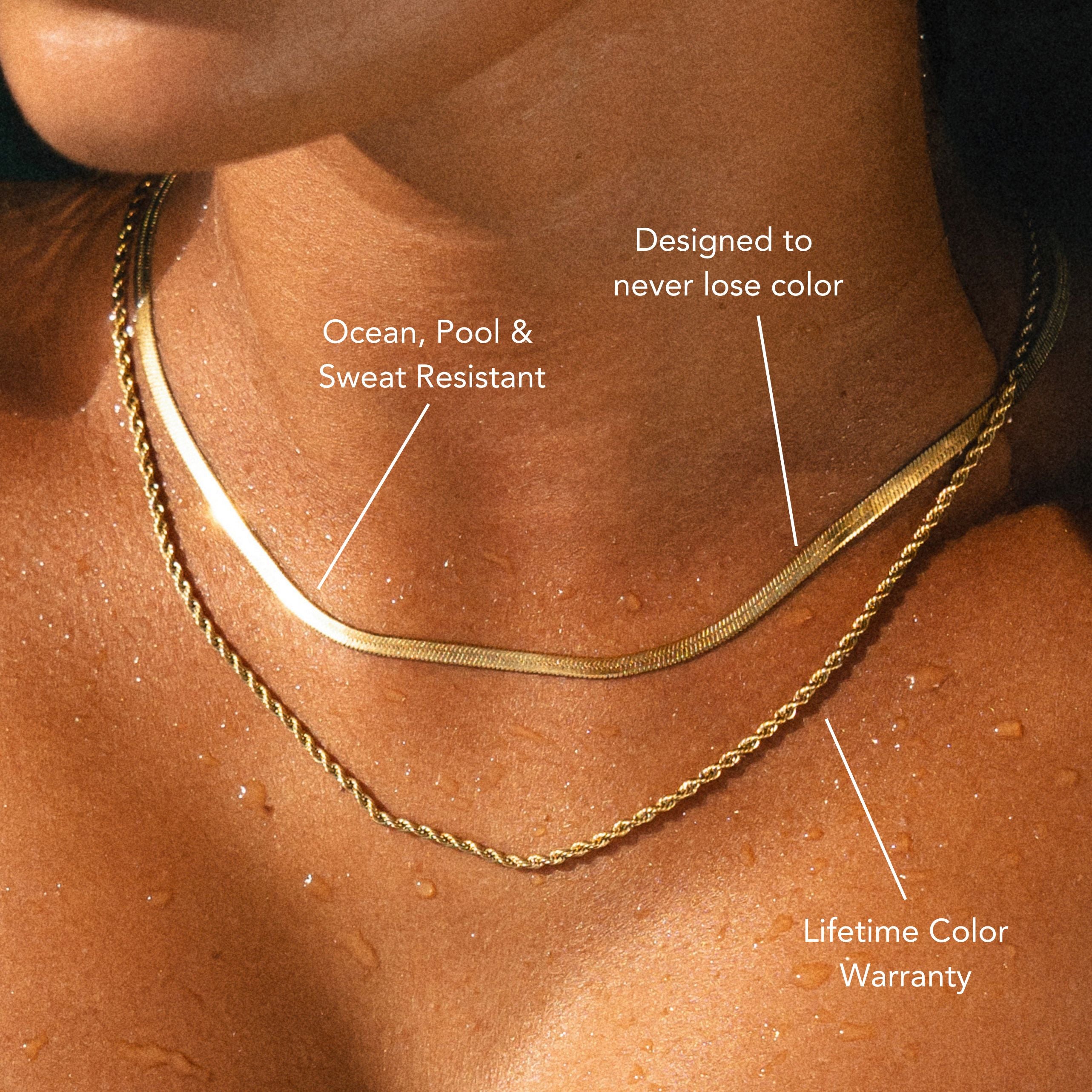
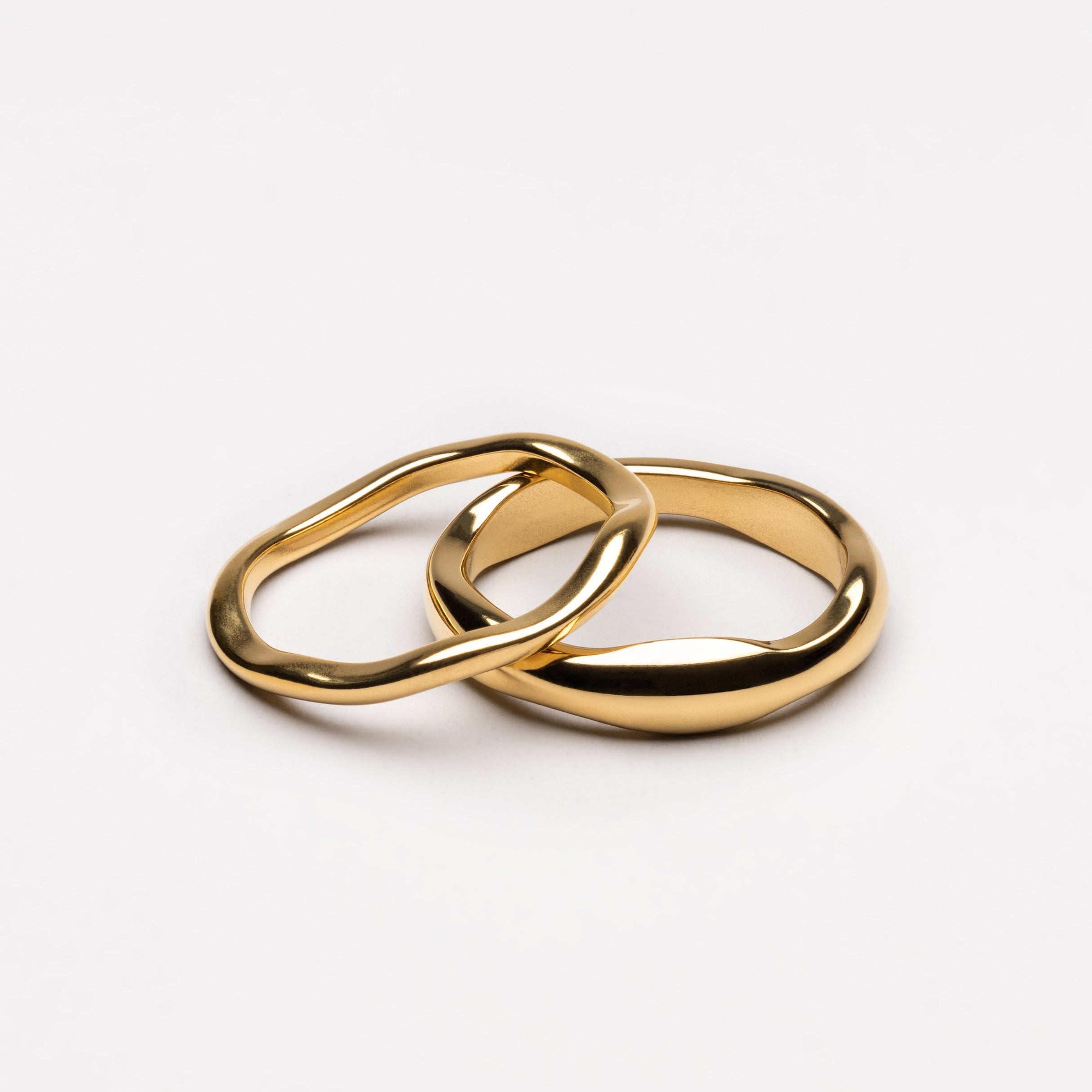
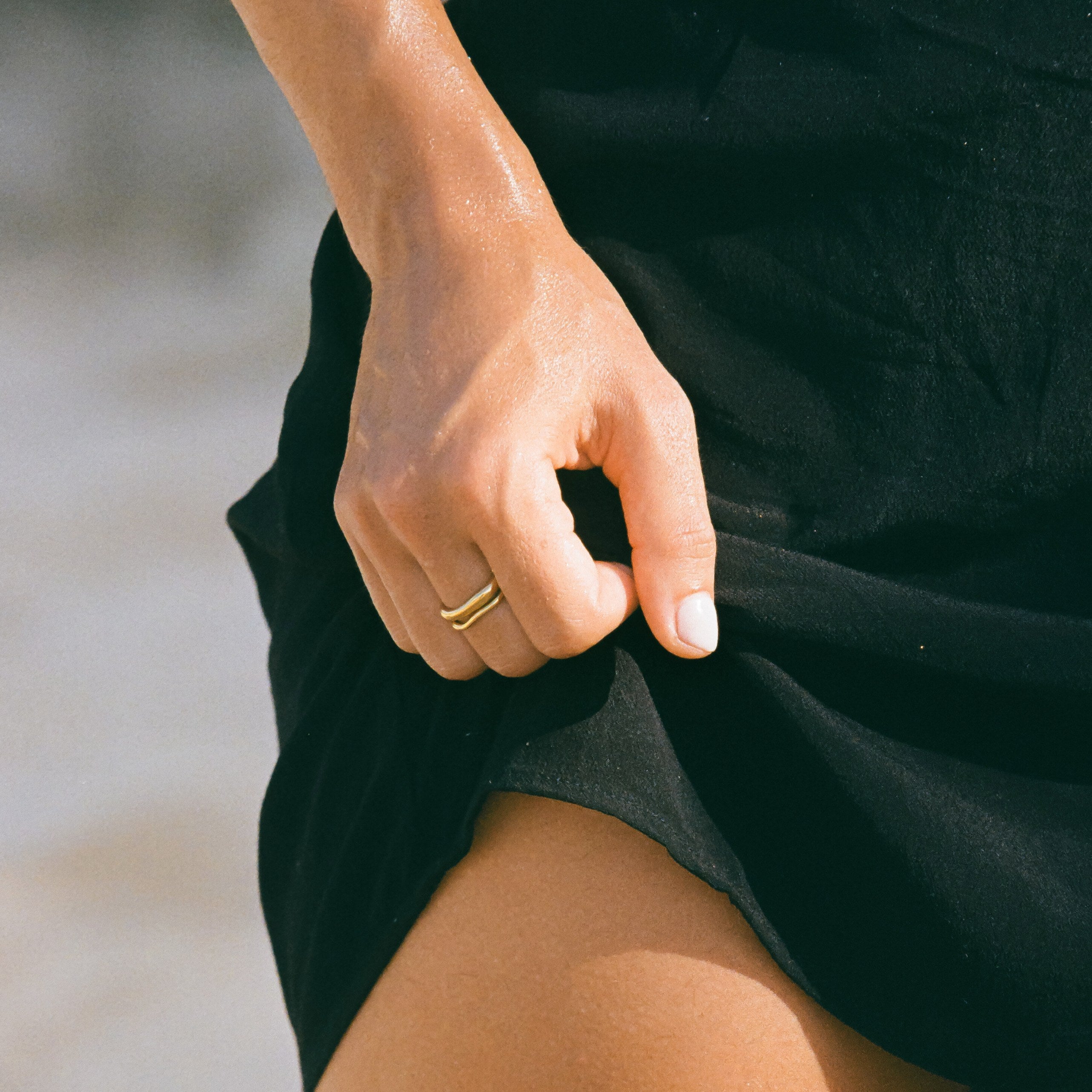
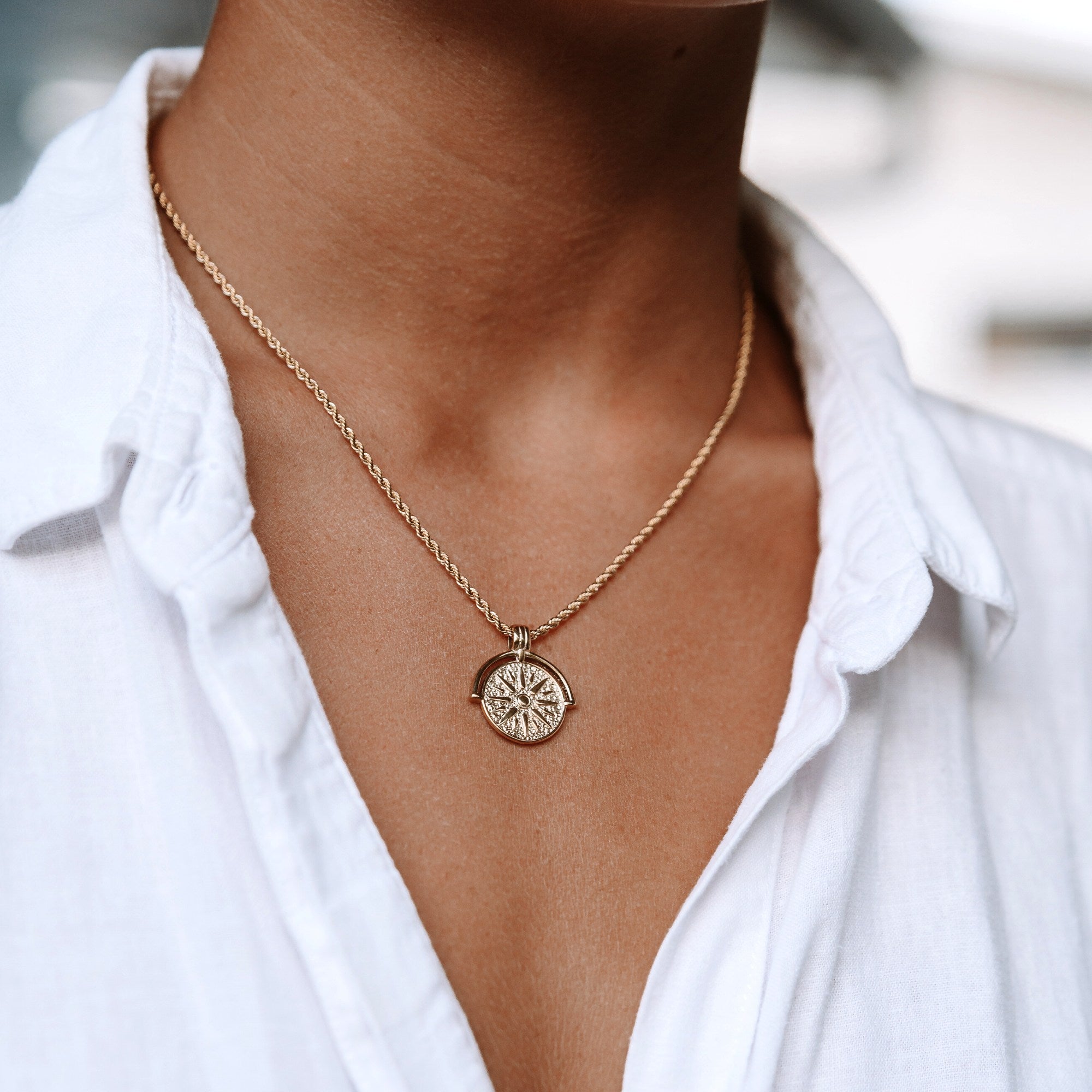
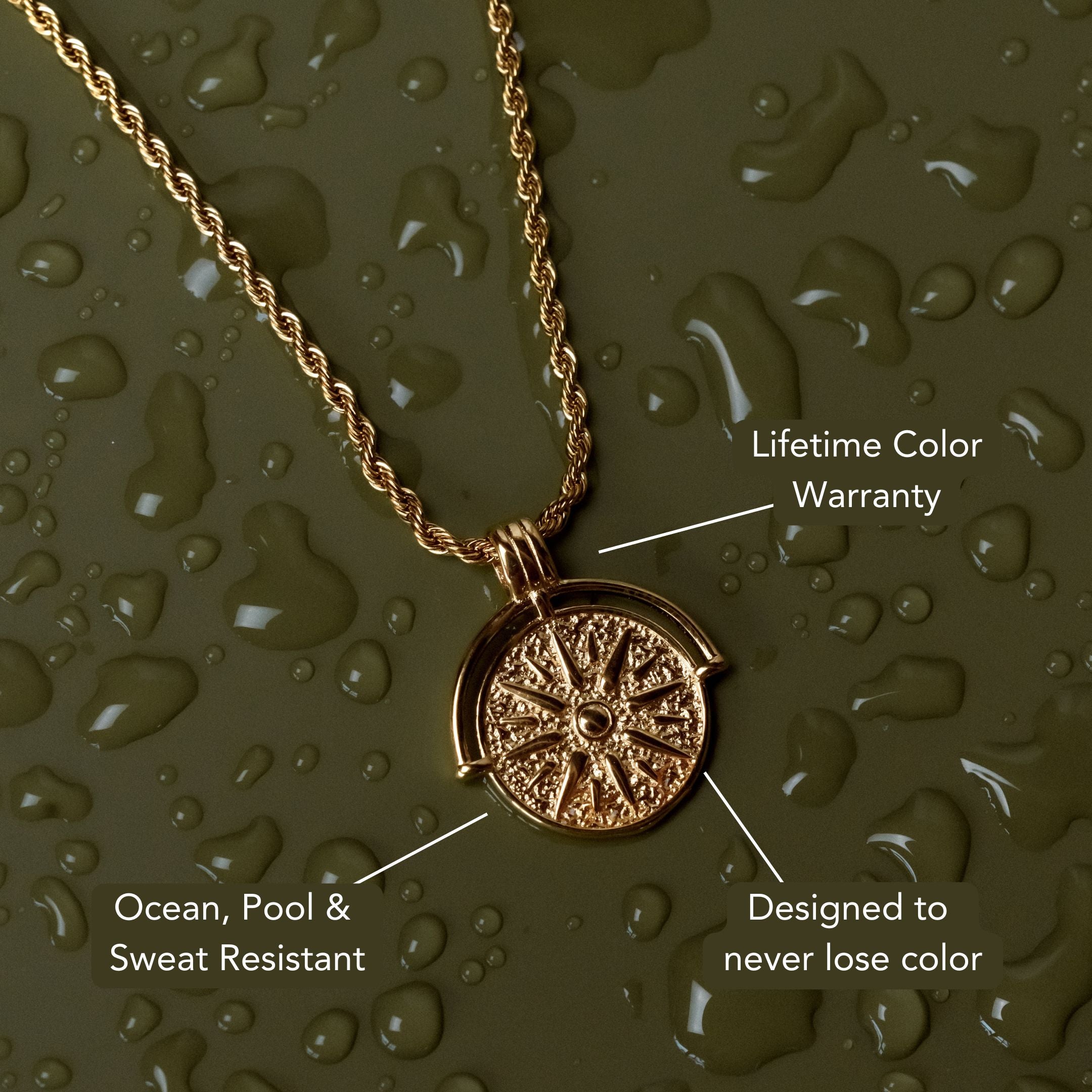
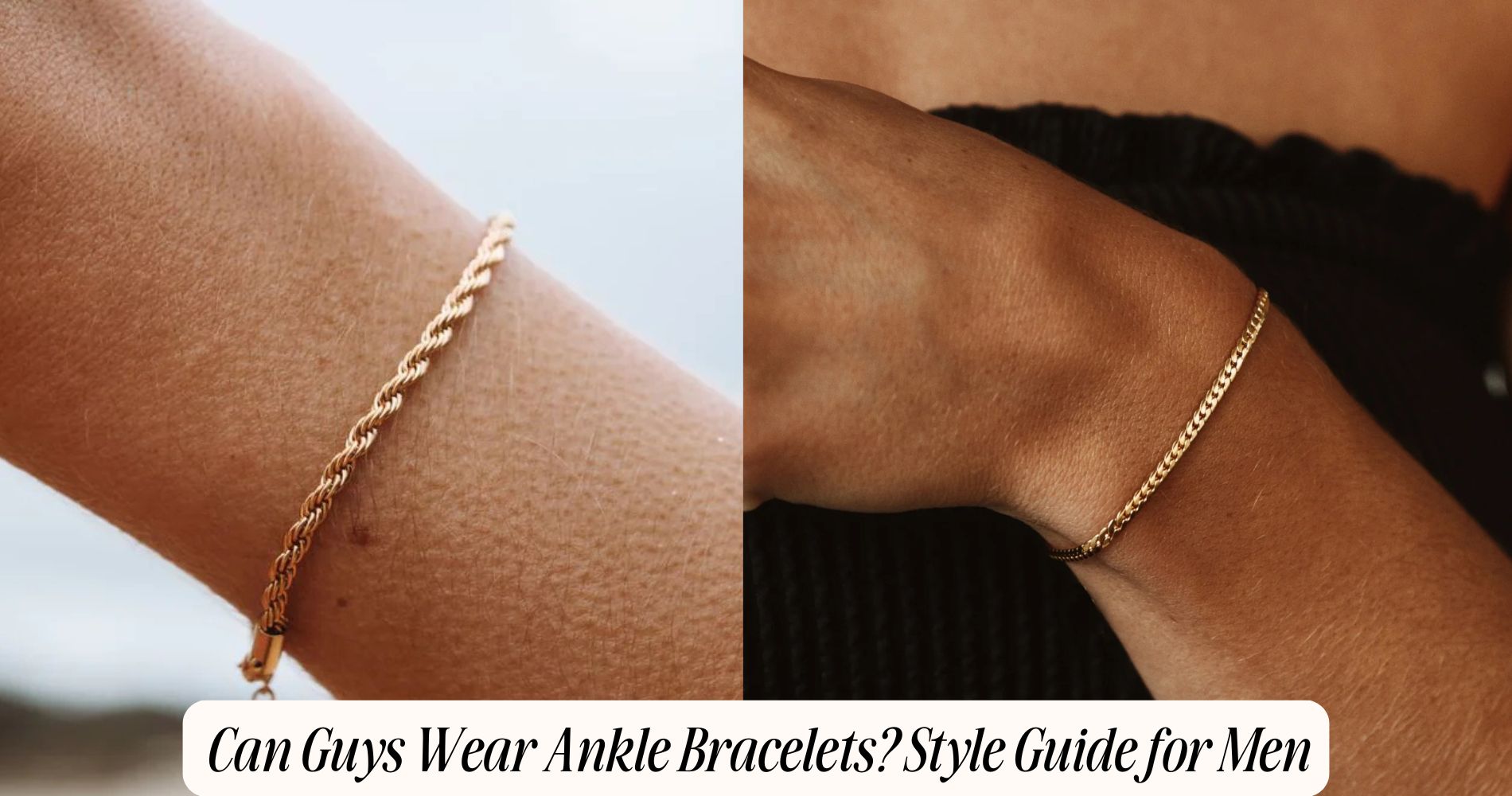
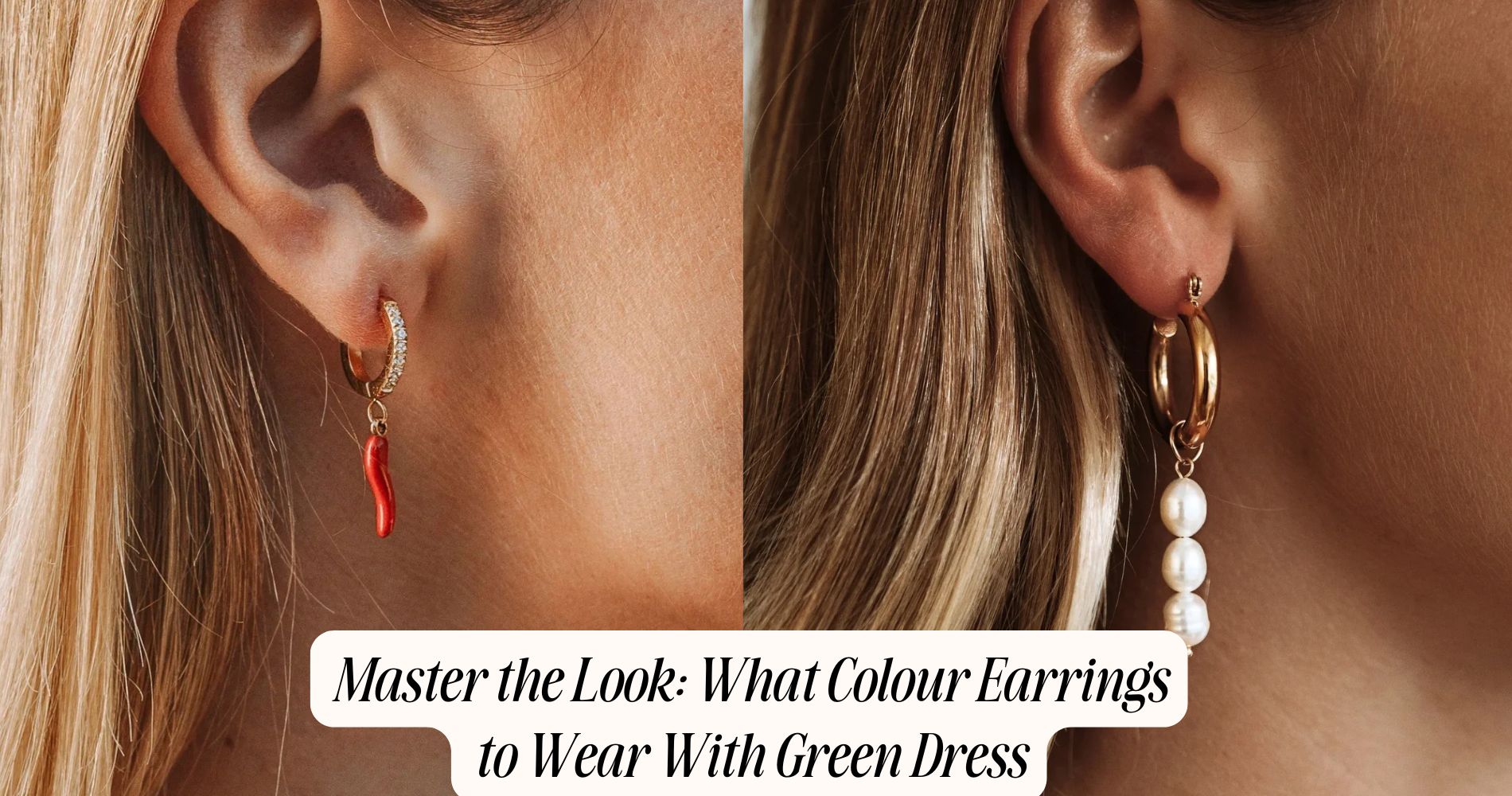




Leave a comment
This site is protected by hCaptcha and the hCaptcha Privacy Policy and Terms of Service apply.